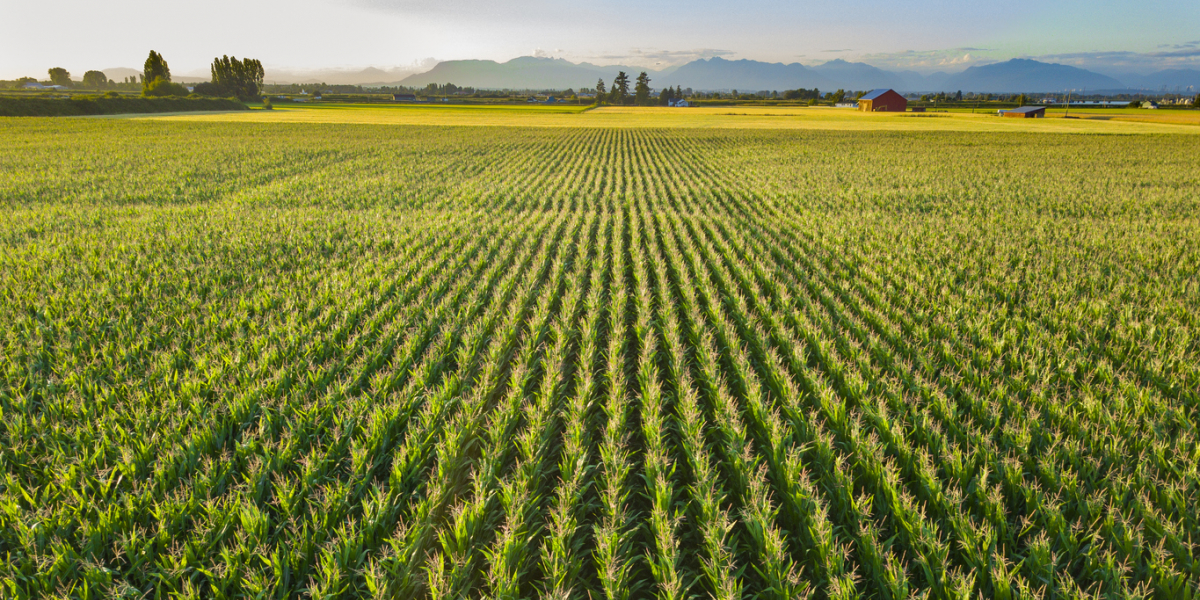
August 30, 2022
By Derek Eaton, Kat Lorimer and Ryan Tougas-Cooke
The new Sustainable Canadian Agricultural Partnership, Canada’s newest agricultural policy framework for the 2023 to 2028 period, offers encouraging opportunities to improve the sustainability of Canada’s agriculture sector, but the funding and programs may not go far enough when compared to our global counterparts. In the United States, the Congressional Research Service notes that the Inflation Reduction Act will provide an additional $18 billion in funding to the USDA’s most prominent agricultural conservation programs (i.e., Conservation Stewardship Program, Environmental Quality Incentives Program, etc.). For comparison, the recent agreement regarding the Sustainable Canadian Agricultural Partnership has only committed to an additional $500 million in funding for similar programming. To be on par with the new funding announced in the Inflation Reduction Act, accounting for the time scale of the funding announcements and the size of both economies, Canada would need to inject an additional $1.6 billion in funding to the agriculture sector over the next 5 years, more than three times the announced commitment.
Despite this shortfall in funding levels, it is very encouraging to see some of the new opportunities created by the Sustainable Canadian Agricultural Partnership. Over the last year, SPI worked closely with a task force led by Farmers for Climate Solutions to help draft a set of recommendations for the partnership. The main recommendations included funding estimates to support conservation practice adoption, methods for building incentives into agricultural business risk management programs, and more transformative changes to traditional Agricultural Policy Framework programming. The goal of these recommendations was to identify the best ways to support farmers as they transition to more sustainable production practices that would help meet the emissions reduction targets set for 2030.
Several of the recommendations from this task force appear in the Sustainable Canadian Agricultural Partnership. Notably, cost-share funding for beneficial management practices (BMPs) was increased by 25%. This was less than what was recommended by Farmers for Climate Solutions and the task force, but nonetheless, this commitment represents the first increase to cost-share funding in a decade and represents a win for the farming sector. It’s also positive to see that the recommendation of having a dedicated spending target was adopted, with the new policy framework promising that 12.5% of the additional funding will be directed towards supporting the adoption of climate-friendly or adaptive BMPs and measures on-farm. If the new 12.5% ($62.5 million) of additional funding was added to the past estimate of $436 million for environment and climate change in the 2018 to 2023 framework, it would represent about 14.2% of the total Sustainable Canadian Agricultural Partnership budget (i.e., $3.5 billion). This once again puts Canada behind its global counterparts, as the European Union’s new Common Agricultural Policy (2023 to 2027) states that 40% of the budget must be related to climate or biodiversity spending.
One novel feature of the Partnership is the requirement that ties AgriInvest funding for large farms with over $1 million dollars of allowable net sales to the completion of an environmental risk assessment, giving an important purpose to these funds. This is an encouraging step - also suggested by Farmers for Climate Solutions’ and the task force - toward tying the use of public funds to encouraging environmental improvements by rewarding farmers who have taken the necessary steps toward addressing environmental risks on-farm. Further programs that reward farmers who are providing public benefits on their farms are needed.
Overall, the Sustainable Canadian Agricultural Partnership takes a tentative first step in supporting farmers as they work to meet the emissions reduction targets set for 2030 while maintaining food security. However, the new framework seems to fall short when compared to our global counterparts and there is room for additional and more transformative changes in future Agricultural Policy Framework programming. The forthcoming Green Agriculture Plan offers Canada a chance to designate new funding to the agriculture sector that will help it catch up to its global counterparts.